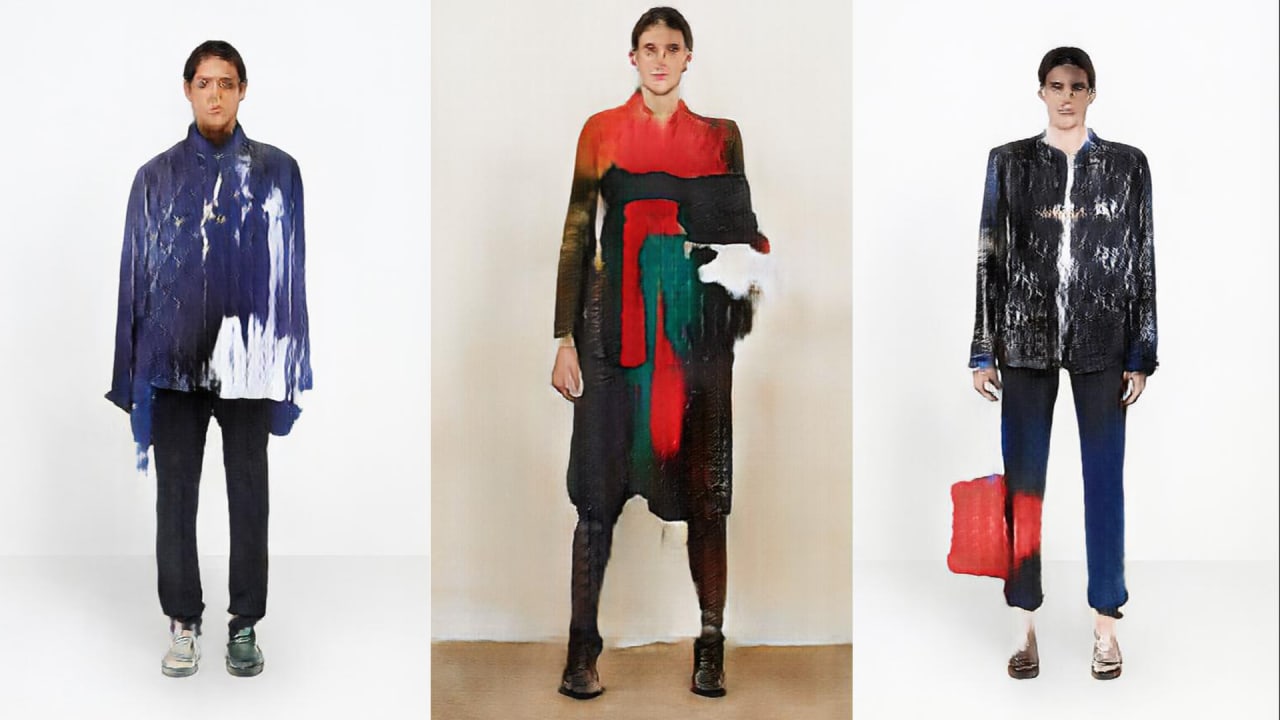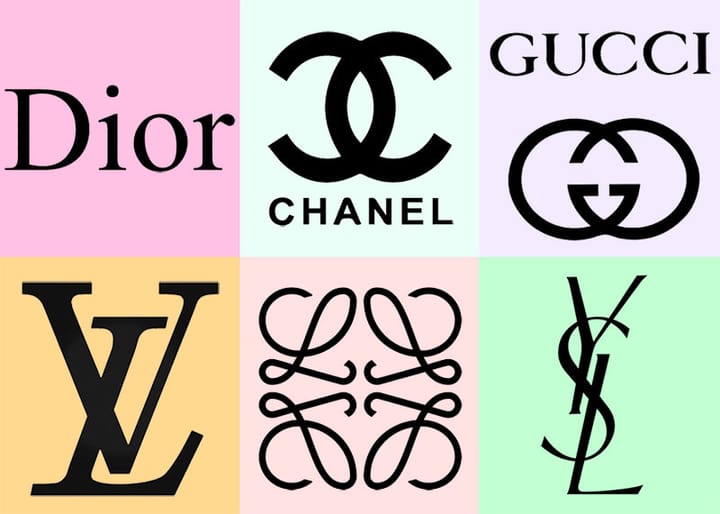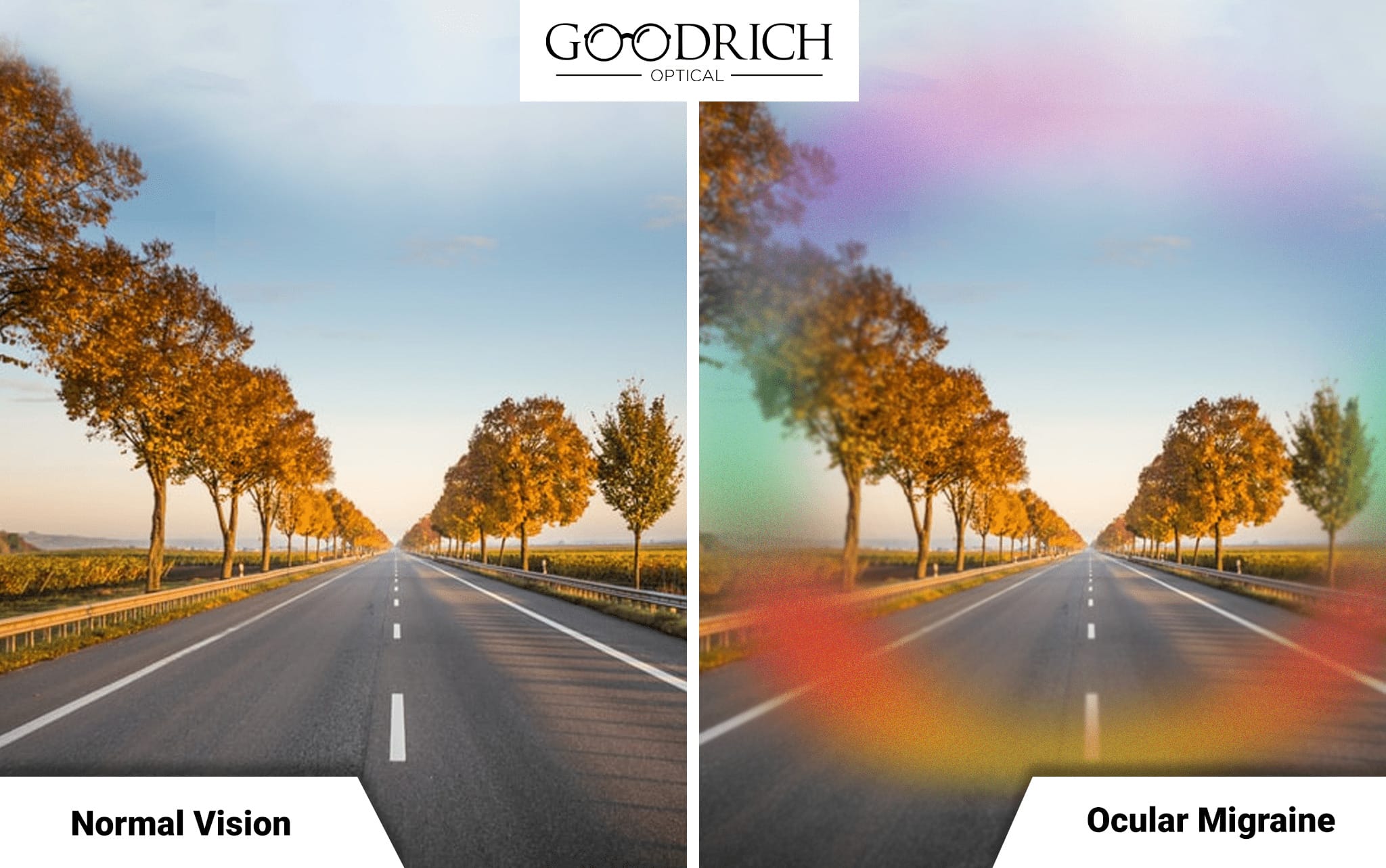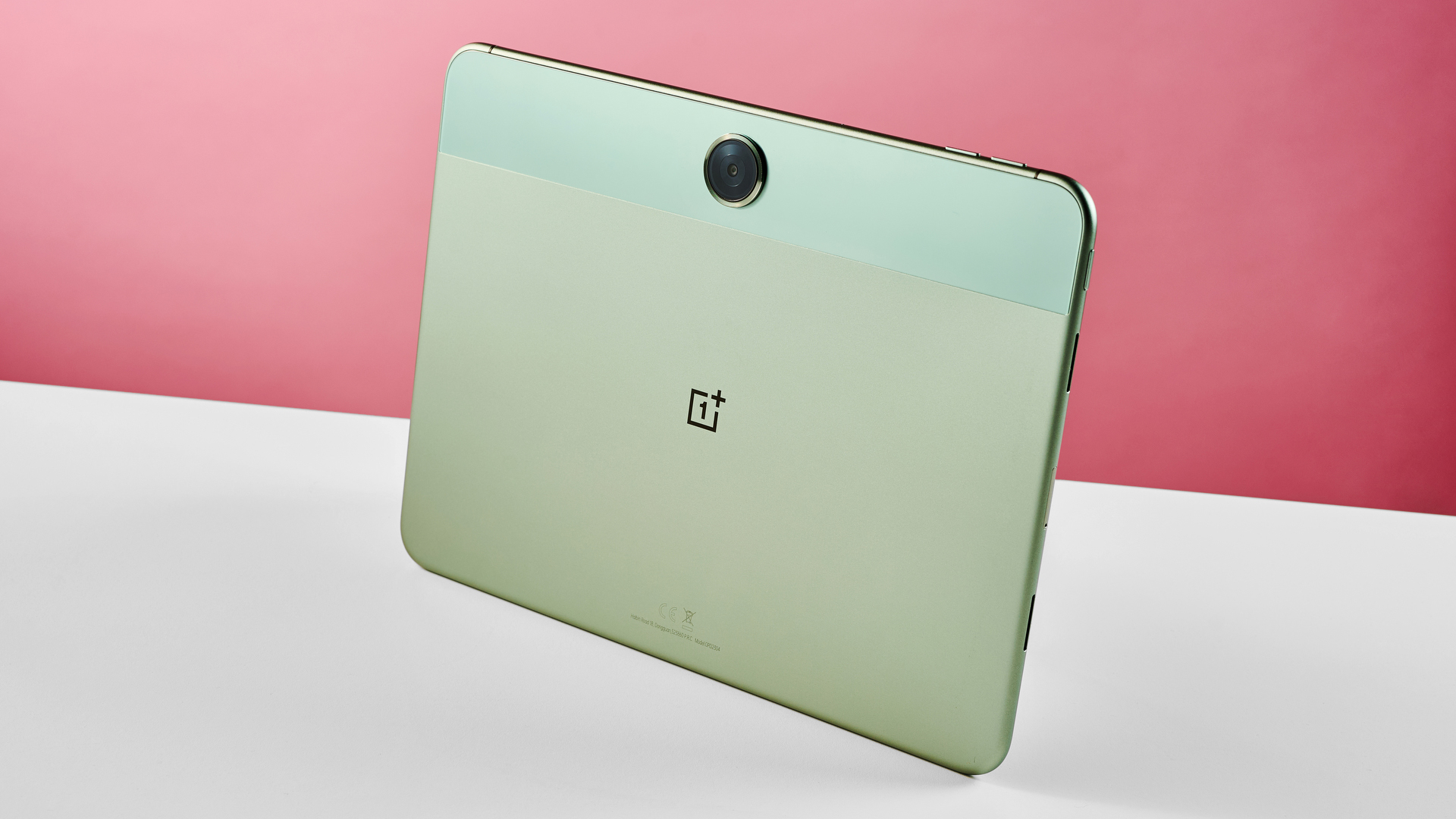Balenciaga Embraces AI-Powered Designs in Latest Collection

In a bold move fusing high fashion with cutting-edge technology, Balenciaga unveiled its Spring/Summer 2024 collection featuring garments partially designed using artificial intelligence (AI). This innovative approach has sent ripples through the fashion world, sparking widespread discussion about the evolving role of technology in creative industries.
AI Takes the Stage: A New Era for Fashion Design?
For the Spring/Summer 2024 collection, Balenciaga’s creative director, Demna Gvasalia, collaborated with an undisclosed AI development team. While the specifics of the technology used remain tightly under wraps, reports suggest that Gvasalia fed the AI a vast dataset of past Balenciaga designs, sketches, and fabric samples. The AI then generated unique patterns, silhouettes, and embellishments, which Gvasalia and his team curated and integrated into the final collection.
The resulting garments showcased a captivating blend of Balenciaga’s signature avant-garde aesthetic and the unexpected, often surreal, touches characteristic of AI-generated art. Intricate, digitally-printed patterns adorned flowing gowns, while structured jackets featured unconventional cuts and proportions, pushing the boundaries of traditional tailoring.
Beyond the Hype: Exploring the Impact of AI in Design
Balenciaga's foray into AI-powered design has ignited debate within the fashion industry and beyond. Proponents celebrate the technology's potential to:
- Fuel Creativity: AI can serve as a powerful tool for designers, helping them break free from creative blocks and discover new possibilities within their aesthetic. By analyzing vast amounts of data, AI can identify unforeseen connections and propose novel design elements, pushing the boundaries of human imagination.
- Enhance Efficiency: The time-consuming nature of sketching, pattern making, and sample creation is a significant hurdle in the design process. AI tools can automate or expedite these tasks, freeing up designers to focus on higher-level creative decisions and collection curation.
- Promote Sustainability: By optimizing fabric usage and minimizing waste generated during the design phase, AI can contribute to more sustainable fashion practices. This is particularly relevant given the industry's significant environmental footprint.
Challenges and Concerns: Navigating the Ethical Landscape
Despite the potential benefits, the integration of AI into fashion design also presents challenges and ethical concerns:
- Job Displacement: As AI becomes more sophisticated, there are concerns that it could automate tasks currently performed by human designers, potentially leading to job displacement within the industry. However, proponents argue that AI is more likely to augment human capabilities rather than replace them entirely.
- Bias and Homogeneity: AI algorithms are only as unbiased as the data they are trained on. If the datasets used are not sufficiently diverse and inclusive, there is a risk of perpetuating existing biases and leading to a homogenization of design aesthetics.
- Intellectual Property Rights: The question of ownership and copyright in AI-generated designs remains a complex and evolving legal issue. Clear guidelines and frameworks are needed to protect the intellectual property rights of both designers and developers in this new creative landscape.
Final Thoughts: Fashion at the Intersection of Creativity and Technology
Balenciaga's decision to incorporate AI into its design process signals a significant shift in the fashion industry. While it is still early days, AI's potential to reshape the way we create, experience, and consume fashion is undeniable. As the technology continues to evolve, it will be crucial for designers, developers, and policymakers to work together to address ethical concerns, promote responsible innovation, and ensure that AI empowers, rather than overshadows, human creativity in the realm of fashion.


















Comments ()